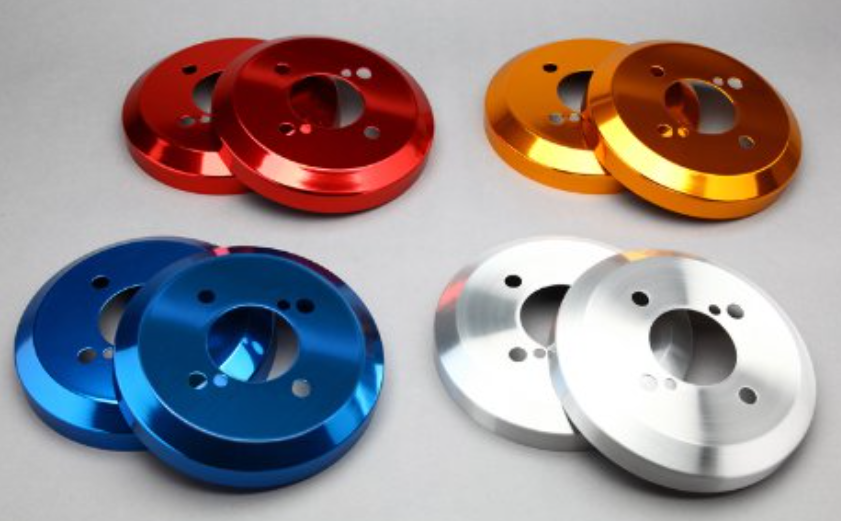Following the Guangzhou International Lighting Fair, our clients asked us various questions regarding the topic of metal surface finishing of LED acrylic lamps. The shiny mirror effect of elelctroplated metal parts was particularly popular among visitors of our booth. Electroplated metal surfaces have a very good durability, attractive appearance, high thermal conductivity and corrosion resistance. However, the cost is relatively high due to more complex production process that goes through several steps from pre-treatment to post-treatment. The latter also prolongues the production time and should be considered by purchasers. Technically spoken, electroplating involves depositing a different metal on the metal substrate. The metal workpiece is the cathode and attracts the metal ions (e.g. chrome., the anode) after being immersed into the electrolyte acid liquid.

The second most popular surface-finishing at the trade fair was oxidation. There is a key difference of electroplating compared to the process of oxidation/anodizing. Anodizing is an electrochemical conversion of the metal’s own surface, thickening its natural oxide layer by making the workpiece the anode in an electrolyte bath. Contrary to electroplating, no additional metal is added, but the oxide surface also offers a decent resistance against corrosion and UV radiation. Regarding the appearance, anodizing gives a colored but matte or satin finish; dyes penetrate pores; not shiny


